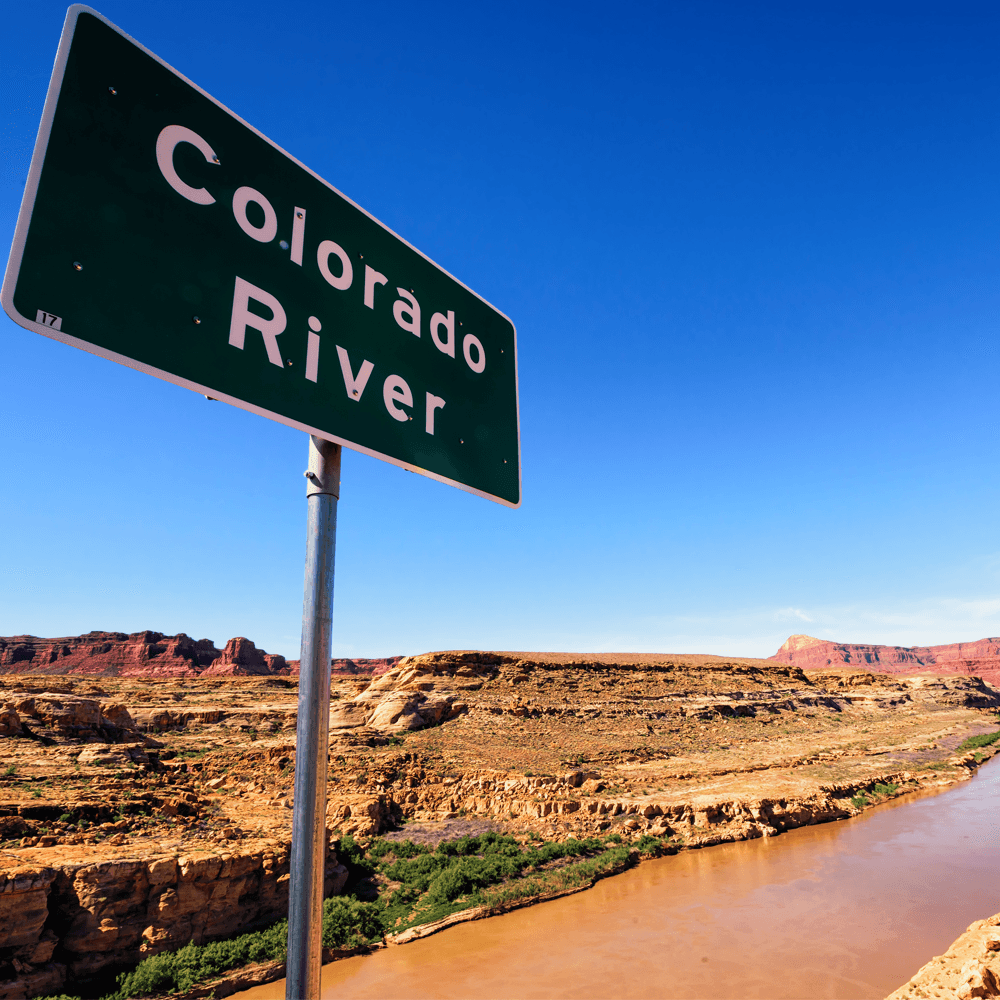AMWUA Blog
BY: AMWUA StaffWhat Does it Mean Now that the Colorado River is in a Tier 1 Shortage?

With the arrival of 2024, we have officially entered a Tier 1 Colorado River Shortage. Now that it is here, what does it mean, and how does it impact Arizona and the AMWUA cities? We thought answering frequently asked questions would be helpful.
What is happening with the Colorado River?
- The Colorado River system is reaping the benefits of last winter’s above-average snowfall. In addition, several AMWUA cities and other Colorado River users committed to leaving water in Lake Mead to add to the favorable hydrology and keep the elevation well above critical operational levels. All of this has helped ensure the Colorado River system is not in a dire situation like it was last year and will keep it that way for at least the next couple of years.
- While this year’s runoff brought this reprieve, the Colorado River Basin still suffers from the consequences of over two decades of severe drought, a hotter and drier climate, and the long-term imbalance between supply and demand. All of this contributes to a river that is producing historically less water.
Why will we be in a Tier 1 Colorado River Shortage again?
- The combination of last year’s wet winter and the water not used by many Colorado River users has lifted Lake Mead’s elevation above 1050 feet. Under the current operating guidelines, the elevation of Lake Mead determines that we will return to a Tier 1 Shortage for 2024.
- A Tier 1 Shortage means Arizona will have access to slightly more Colorado River water in 2024 than under last year’s Tier 2a Shortage. However, it is still a significant 512,000 acre-feet of less water than what Arizona has historically received.
What does this mean for the AMWUA Cities?
- While their water portfolios and reliance on the Colorado River may vary, the AMWUA cities will be able to continue to meet the water demands of their communities.
- The AMWUA cities are remaining in the current stages of their drought and shortage preparedness plans that ensure each city is best prepared based on its own specific water resources, infrastructure, and customer needs. This level of planning ensures cities can effectively manage their water supplies despite any short-term or long-term challenges that may arise. A Colorado River Shortage is one of many scenarios the cities have planned for.
- The AMWUA cities will take advantage of this reprieve by continuing to prepare for a future with less Colorado River water. Their planning initiatives include investing in infrastructure, ramping up conservation programs, and exploring water resiliency projects – all of which will increase our collective sustainability in the desert.
- A number of AMWUA cities, along with other Colorado River users, have agreed to leave water in Lake Mead to add to the favorable hydrology and keep the elevation well above critical operational levels.
What’s next for the Colorado River?
- The U.S. Bureau of Reclamation and the Basin States are working on developing a detailed plan on how to operate the river after the current guidelines expire in 2026. This includes developing new guidelines to protect the entire Colorado River system, which continues to produce less water.
- Reclamation has committed to pursuing a collaborative, consensus-based approach to reduce demand, increase water use efficiency, and protect the system’s reservoirs from falling to critically low elevations that would threaten water deliveries and power production.
- This year’s favorable hydrology will allow Reclamation and the Basin States to focus on developing the post-2026 long-term operating guidelines to ensure a stable Colorado River system for the 40 million people who rely upon it.
Water managers across the Basin understand the overall trajectory of the system is declining and cannot be ignored. That is why they remain focused on finding common ground through a collaborative agreement to protect the Colorado River for the 40 million people who rely on it for the long term rather than living on the edge year after year. Still, the River remains in a precarious situation; the damage has been done, and protecting the Colorado River system through collaborative actions from water users from across the Basin remains a priority, just as it should.
Looking to a future with less Colorado River water is also a reminder that we need to consider ways we can continue to conserve by being wise with how we use water in our homes and yards.
For additional information on the Colorado River, ADWR and CAP have compiled an update .
To print or save this week's blog, a PDF version is available HERE .
For 55 years, the Arizona Municipal Water Users Association has worked to protect our member cities' ability to provide assured, safe, and sustainable water supplies to their communities. For more water information, visit www.amwua.org .
